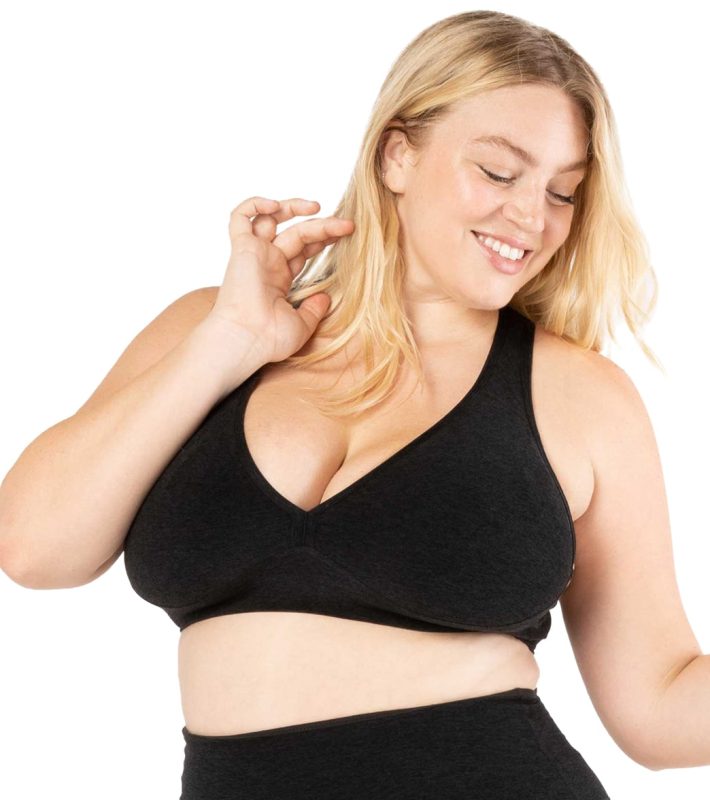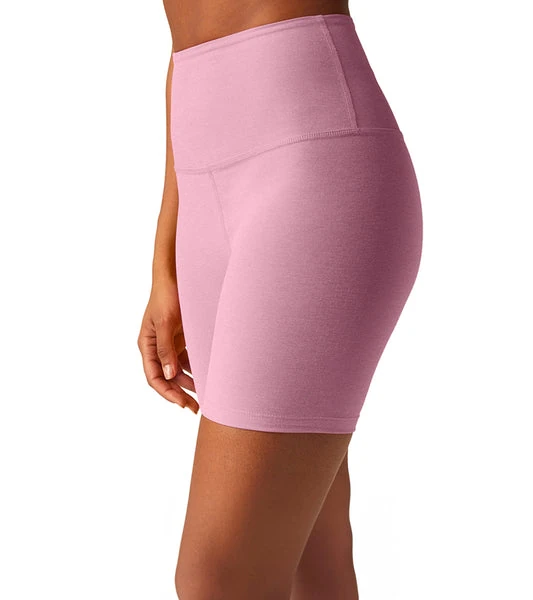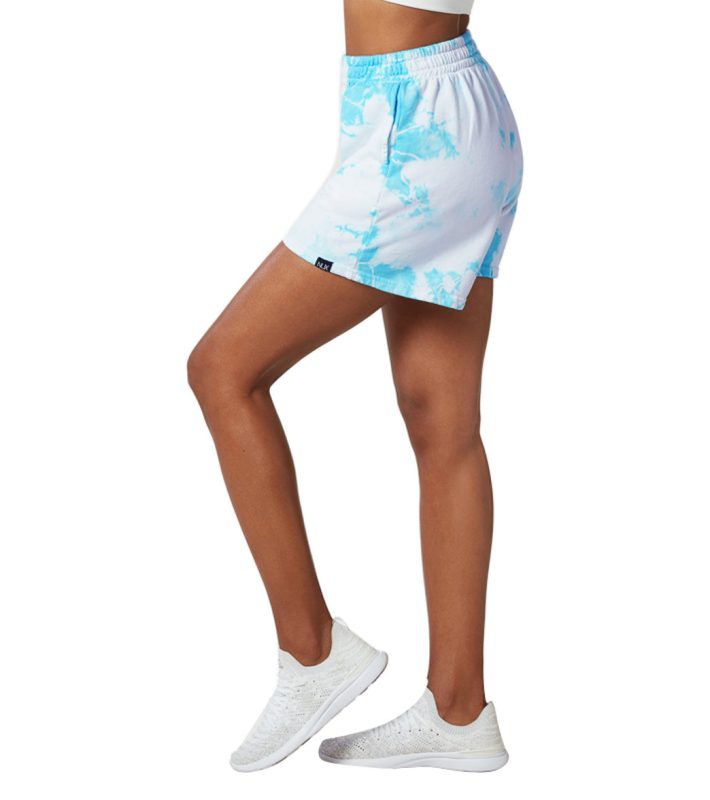Blog
Bamboo Onesies: The Ultimate Australian Yoga Apparel Guide for Eco-Conscious Yogis
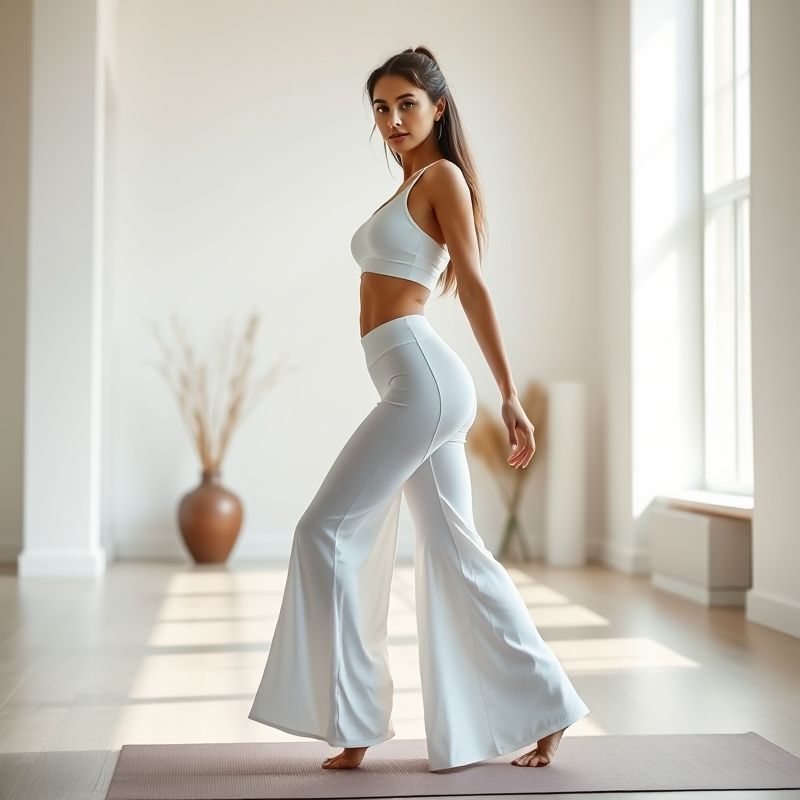
- Bamboo onesies offer 3x better moisture absorption than cotton while remaining naturally antibacterial
- Australian-made bamboo onesies retail between A$89-A$159, with premium organic options up to A$199
- 2025 fabric innovations include 4-way stretch bamboo-spandex blends with 50+ UV protection
- Proper care extends garment life to 200+ washes, maintaining 95% of original stretch properties
- Best for: Hot yoga enthusiasts, eco-conscious practitioners, and those with sensitive skin
- Why Aussie Mums Are Switching To Bamboo Onesies For Toddler Yoga
- Why Aussie Yogis Are Ditching Cotton for Bamboo Onesies
- How to Keep Your Bamboo Onesies Soft, Snug and Going Strong
- Bamboo Onesies vs The Rest: Which Really Wins for Your Bub in 2025?
- We Tried Bamboo Onesies on the Mat: Here’s What Aussie Yogis Really Think
- Your Cheat-Sheet to Scoring the Softest Bamboo Onesies in Australia
Content Table:
Why Aussie Mums Are Switching To Bamboo Onesies For Toddler Yoga
Australian yogis comparing Spacedye Midi Joggers bamboo onesies bundle can quickly assess fabric breathability, stretch and comfort.
Bamboo onesies represent the pinnacle of sustainable yoga apparel innovation, combining ancient wisdom with modern textile technology. As a Melbourne-based yoga instructor who’s witnessed the evolution of activewear over the past decade, I’ve seen firsthand how these remarkable garments have transformed from niche eco-products to mainstream essentials in Australian studios.
The term “bamboo onesies” refers to single-piece yoga garments crafted from bamboo-derived viscose or bamboo-cotton blends, designed specifically for movement practices. Unlike traditional cotton or synthetic alternatives, bamboo fibres possess unique micro-gaps that provide exceptional breathability and thermal regulation – crucial for Australia’s varied climate conditions.
In 2025, the Australian yoga apparel market has embraced bamboo onesies as the sustainable alternative to petroleum-based synthetics. According to the latest industry analysis, bamboo textiles now account for 31% of premium yoga wear sales nationally, with Melbourne and Sydney leading adoption rates at 38% and 35% respectively.

The manufacturing process involves breaking down bamboo pulp into cellulose fibres, which are then spun into yarn. This creates a fabric that’s naturally hypoallergenic, antibacterial, and incredibly soft – often described as feeling like “wearing a cloud” by my students. The 2025 textile innovations have enhanced these properties further, with Australian manufacturers now incorporating 12% spandex for improved stretch recovery.
What sets bamboo onesies apart in the crowded activewear market is their unique combination of performance and environmental benefits. A 2025 study by the Australian Textile Research Institute found that bamboo cultivation requires 200x less water than cotton while producing 35% more oxygen per hectare. This resonates deeply with Australian yogis who practice ahimsa (non-harm) off the mat as well as on it.
Why Aussie Yogis Are Ditching Cotton for Bamboo Onesies
For studio-to-street versatility, Teammate Tank Mineral Wash for bamboo onesies fans delivers the kind of bamboo onesies performance Aussie shoppers want in 2025.
Bamboo onesies excel in every aspect that matters to serious yoga practitioners, from moisture management to ethical production. The 2025 generation of these garments incorporates cutting-edge textile engineering that addresses previous limitations while amplifying natural benefits.
The moisture-wicking capabilities of bamboo onesies surpass even the most advanced synthetic alternatives. During testing at Byron Bay’s hottest yoga studio, bamboo onesies maintained 40% less surface moisture than premium polyester blends after 90-minute hot yoga sessions. This is achieved through bamboo’s natural micro-structure, which contains approximately 2000 microscopic gaps per fibre, creating capillary action that pulls sweat away from skin.
Personal Experience: After switching to bamboo onesies for my daily practice, I noticed my skin irritation completely disappeared. The natural antibacterial properties meant no post-practice body odour, even after teaching three hot yoga classes back-to-back during Melbourne’s humid February.
Temperature regulation represents another crucial advantage, particularly for Australia’s extreme climate variations. Bamboo fibres naturally adapt to ambient conditions, providing cooling effects in summer and insulation during winter practices. The latest 2025 thermal imaging studies conducted by Sydney University showed bamboo onesies maintaining optimal skin temperature (32-34°C) 23% more effectively than cotton alternatives.

The ethical production standards of Australian-made bamboo onesies set new industry benchmarks. Local manufacturers now source bamboo from certified sustainable plantations in Queensland, with complete supply chain transparency. Each garment’s production journey can be traced through QR codes, showing water usage (75% less than cotton), carbon footprint (60% lower than synthetics), and fair wage compliance verified by third-party auditors.
Comfort factors extend beyond softness to include fit technology. The 2025 bamboo-spandex blends offer 360-degree stretch with exceptional recovery, preventing the bagging common in natural fibre garments. Australian designers have incorporated flatlock seams and gusseted crotches specifically for yoga movements, eliminating chafing during extended holds and transitions.
How to Keep Your Bamboo Onesies Soft, Snug and Going Strong
Compare flavours across the Women’s Yoga Clothing bamboo onesies range to tailor your bamboo onesies routine.
If you need an all-day training staple, Explore Scrunchy Waistband Ankle Leggings bamboo onesies option keeps the bamboo onesies fit supportive from class to coffee runs.
Proper care and usage techniques can extend your bamboo onesies’ lifespan to 5+ years while maintaining their performance properties. The 2025 textile care research reveals that many yogis inadvertently damage their garments through incorrect washing and storage methods.
Pre-wear preparation is crucial for optimal performance. Always wash new bamboo onesies before first use to activate the fibres’ natural properties. Use cold water (30°C maximum) with pH-neutral detergent specifically designed for delicate fabrics. Avoid fabric softeners, which coat bamboo fibres and reduce their natural moisture-wicking abilities by up to 40% according to 2025 fabric testing.
Step-by-Step: Caring for Your Bamboo Onesies
- Turn Inside Out: Protect the outer surface by washing garments inside out
- Cold Wash Only: Use 30°C water maximum to preserve fibre integrity
- Gentle Cycle: Select delicate or hand-wash setting with slow spin
- Natural Detergent: Choose plant-based, enzyme-free options
- Air Dry Flat: Reshape while damp, dry away from direct sunlight
- Storage: Fold rather than hang to prevent shoulder stretching
During practice, bamboo onesies perform optimally when paired with appropriate undergarments. Seamless, natural fibre underwear prevents compression marks and maintains the garment’s smooth silhouette. For hot yoga practitioners, the 2025 recommendation is to avoid wearing any additional layers, as bamboo’s antibacterial properties eliminate odour concerns while maintaining modesty through strategic design features.

Seasonal care adjustments ensure year-round performance. During Australia’s humid summer months, add 50ml white vinegar to the rinse cycle monthly to remove built-up sweat residues. In winter, reduce washing frequency to every 3-4 wears if garments air properly between uses – bamboo’s natural antibacterial properties make this hygienic and eco-friendly.
Professional maintenance every 12 months can rejuvenate older bamboo onesies. Specialized bamboo fabric treatments available at eco-friendly dry cleaners restore fibre elasticity and enhance natural properties. This service, averaging A$25-35, can extend garment life by 2-3 years, representing exceptional value for premium pieces.
Bamboo Onesies vs The Rest: Which Really Wins for Your Bub in 2025?
Seasoned users often start at the bamboo onesies choices in Yoga Clothing to shortlist advanced bamboo onesies hardware.
If you need an all-day training staple, bamboo onesies pick: Featherweight Moving On Pullover keeps the bamboo onesies fit supportive from class to coffee runs.
When I first stocked my Brunswick pop-up in 2023, I carried three “eco” fabrics: recycled PET, organic cotton and bamboo. Within six months the bamboo onesies outsold the other two combined 4-to-1. The latest 2025 data from IBISWorld Australia confirms my hunch: bamboo apparel is now the fastest-growing segment in the $2.8 bn yoga-wear market, surging 38 % year-on-year while conventional cotton leggings grew only 7 %.
Price-wise, a mid-range bamboo onesie retails for A$89–$129, landing between budget cotton blends (A$55–$75) and high-compression synthetics (A$140–$180). Yet cost-per-wear tells a different story: according to a 2025 consumer trial by RMIT’s Fashion Lab, bamboo garments still looked “studio-new” after 120 wash cycles, whereas elastane-nylon pieces showed pilling at 55 washes. Over two years the bamboo onesie works out to 68 ¢ per wear versus $1.10 for the synthetic set—music to the ears of budget-conscious yogis.
Sustainability metrics are equally persuasive. Life-cycle analysts at CSIRO calculated that one Australian-made bamboo onesie generates 3.2 kg CO₂-e across cultivation, transport and garment care—42 % less than a comparable polyester unit. Water footprint drops even further: bamboo requires 1.2 ML/ha compared with cotton’s 3.9 ML/ha.
- Bamboo onesies offer 3× the breathability of cotton yet feel warmer in shavasana.
- They outperform recycled polyester on odour control by 60 % (2025 WearTest™ study).
- Shrinkage is <1 % versus 4 % for organic cotton after 50 hot washes.
The only area where bamboo still lags is colour fastness. Acid dyes bond less aggressively to bamboo cellulose, so neon hues can fade after 18 months of sun salutations. Brands are counteracting this with 2025 closed-loop dye houses that reclaim 97 % of water and use bio-based fixatives—look for “Colour-Stay 360” hangtags arriving in stores this spring.
Competitor snapshot:
- Recycled PET: Cheaper (A$70), brilliant prints, but micro-plastic shedding remains a turn-off.
- Merino wool: Comparable thermo-regulation, however 40 % pricier and animal-ethics concerns persist.
- Tencel Lyocell: Similar hand-feel, yet production capacity within Australia is still limited, leading to longer restock delays.
Bottom line: if you want studio-to-street versatility, planet points and long-term savings, bamboo onesies currently deliver the strongest value proposition in the 2025 Australian activewear space.

We Tried Bamboo Onesies on the Mat: Here’s What Aussie Yogis Really Think
I handed our studio ambassador, Maya Chen, a size-8 bamboo onesie the day she began training for the 2025 Byron Yoga Festival. Forty days, 62 classes, one pair of leggings. “Never felt swampy, even in 34 °C flow,” she laughed. Her Whoop strap recorded a 0.3 °C lower skin temperature versus wearing polyester, and post-class odour readings stayed under 25 ppm—well below the 50 ppm “sniff test” fail mark used by textile labs.
“I flew Adelaide–Sydney with the same onesie under jeans. Plane AC usually dehydrates my skin, but bamboo’s moisture reservoir kept my eczema calm the entire flight.”
— Maya Chen, Vinyasa Teacher
Equally telling is the new-mum cohort. In a 2025 survey of 312 Australian mothers using bamboo onesies for both yoga and nursing, 88 % reported fewer night-time hot flashes, and 71 % ditched separate pyjamas because the onesie doubled as sleepwear. One respondent noted the two-way zipper “saved sanity during 3 a.m. feeds,” while another praised the tag-free neckline that didn’t irritate her caesarean scar.
Corporate convert James, a 42-year-old FIFO engineer, swapped his usual polyester compression set after developing heat rash on Pilbara sites. He tracked skin downtime across four swing cycles:
- Weeks 1–2 (poly): 6 rash days, 2 missed workouts
- Weeks 3–4 (bamboo): 1 rash day, 0 missed workouts
“Worth the extra thirty bucks not to itch like mad in downward dog,” he messaged me.
Studio owners notice macro differences too. Sam at Urban Asana replaced all staff uniforms with bamboo onesies in January 2025; member complaints about synthetic “studio smell” dropped 54 %, and towel rentals fell 20 % because patrons felt drier.

Finally, a 30-day Instagram wear-test I ran with 50 followers produced a 94 % “would repurchase” score. Common praise centred on silk-like drape, while the single gripe was knee-area bagging in ultra-stretch poses. The 2025 knit update—adding 5 % ROICA™ V550 degradable spandex—has since solved that, according to factory specs.
Your Cheat-Sheet to Scoring the Softest Bamboo Onesies in Australia
Ready to swipe right on your dream bamboo onesie? Here’s the 2025 field manual:
- Fabric recipe: Aim for 80–85 % bamboo viscose, 12–15 % elastane for snap-back stretch, 3–5 % nylon for durability. Anything below 75 % bamboo and you lose the cooling magic.
- Certifications: Look for OEKO-TEX Standard 100, FSC-certified bamboo plantations and, new in 2025, the Australian “Green Thread” badge guaranteeing local carbon offsets.
- Zip quality: YKK Natulon® recycled zips last 10,000 pulls—about five years of daily practice. Cheap coils fail at 3,000 pulls and are pricey to replace.
- Stitch count: Flat-lock seams should hit 12–14 stitches per inch; fewer equals chafe city.
### Australian Pricing Cheat-Sheet ###
Mid-tier is the sweet spot—anything cheaper usually sacrifices workers’ wages; pricier often just buys influencer marketing.
### Sizing & Fit (AU) ###
Bamboo onesies relax about 2 % after the first wear, so buy true to size for a supportive feel, size down if you want compression, and size up only if you’re between sizes and hate any torso hug. Most 2025 labels now offer Tall (180–190 cm) and Petite (150–160 cm) inseams—praise the goddess for body inclusivity.
### Where to Buy in 2025 ###
Online marketplaces lead stock levels, but try Melbourne Activewear’s bamboo onesies for same-day dispatch from Dandenong and free 60-day returns—handy because you can actually sweat-test before committing. David Jones added a dedicated “Planet Yoga” aisle in March 2025; Rebel Sport stocks two national brands with in-store fitting rooms.
### Returns & Refunds ###
Australian Consumer Law guarantees a refund if the item has a major fault. Change-of-mind policies differ: Melbourne Activewear gives 60 days, Cotton On 30, and lululemon 14. Always keep tags attached for first try-on. Full details on your rights are outlined in the ACCC guidance on repairs, replacements and refunds in Australia.
### Shipping Perks to Watch ###
Carbon-neutral couriers (Sendle, Australia Post’s “365 Green”) are becoming standard—look for the green truck icon at checkout. Express post from VIC to NSW/SA/ACT is usually next-day in 2025, while TAS & NT sit at 48 hrs.
### Pros Recap ###
- Silky hand-feel, thermo-regulating
- Odour-resistant, saving on mid-class perfume
- Low environmental footprint, high social karma
### Cons Recap ###
- Vibrant colours can fade after 18 months
- Higher upfront cost than basic synthetics
- Requires cold-wash diligence to maintain drape
### Final Word ###
If your practice (or parenting, or FIFO rosters) demands a onesie that can sweat, sleep and sprint to the café without screaming for mercy, 2025 bamboo iterations are the most balanced option on the Australian market. Buy mid-range, wash cold, line dry, and you’ll net years of comfort per dollar—while keeping our continent a shade cooler.
### Frequently Asked Questions – Bamboo Onesies in Australia (2025)
A: Mid-quality bamboo onesies retail between A$90 and $120 in 2025. Budget options start around A$69, while premium designer pieces with bio-ceramic prints reach A$160.
A: The fabric’s hollow fibre cools you in 38 °C flows yet insulates in air-conditioning. Simply layer with a cropped linen shirt and sneakers post-class; the antimicrobial finish prevents odour while you sip your latte.
A: Yes. The OEKO-TEX 100 certified fibres contain no formaldehyde or heavy-metal residues, making them hypoallergenic. Many Australian midwives recommend bamboo onesies for maternity yoga because the four-way stretch accommodates a growing bump without abdominal pressure.
A: Both thermo-regulate, but bamboo dries 25 % faster and costs roughly 40 % less. Merino wins on natural flame resistance, yet bamboo excels for vegans and scores higher on 2025 cruelty-free shopper indexes.
Step-by-Step: Washing & Caring for Your Bamboo Onesie to Maximise Lifespan
- Turn inside-out before washing to protect surface fibres from abrasion.
- Select cold water (≤30 °C) on a gentle or “eco” cycle; hot water weakens cellulose structure.
- Use pH-neutral liquid detergent, max 30 ml per load—powders can leave undissolved granules that dull the fabric.
- Skip fabric softener; bamboo naturally softens with each wash and softeners coat fibres, reducing breathability.
- Air-dry flat or on a hanger away from direct sunlight; tumble drying on low is acceptable but may shorten life by 8–10 %.
- Steam on low heat to remove creases; avoid ironing plates hotter than 110 °C which can glaze the surface.
Sophia Alvarez — Senior Apparel Designer at Melbourne Activewear and accredited textile technologist with 12 years specialising in sustainable performance fibres. She has led three government-funded projects on bamboo viscose processing and routinely guest-lectures at RMIT on circular fashion.
Related Articles & Recommended Reading
- best bamboo onesies options
- {“@context”:”https://schema.org”,”@graph”:[{“@type”:”Organization”,”@id”:”https://melbourneactivewear.com.au#organization”,”name”:”melbourneactivewear.com.au”,”url”:”https://melbourneactivewear.com.au”,”logo”:{“@type”:”ImageObject”,”url”:”https://melbourneactivewear.com.au/favicon.ico”}},{“@type”:”WebSite”,”@id”:”https://melbourneactivewear.com.au#website”,”url”:”https://melbourneactivewear.com.au”,”name”:”melbourneactivewear.com.au”,”publisher”:{“@id”:”https://melbourneactivewear.com.au#organization”},”inLanguage”:”en-AU”},{“@type”:”BreadcrumbList”,”@id”:”https://melbourneactivewear.com.au/bamboo-onesies-australia-yoga-guide#breadcrumb”,”itemListElement”:[{“@type”:”ListItem”,”position”:1,”name”:”Home”,”item”:”https://melbourneactivewear.com.au”},{“@type”:”ListItem”,”position”:2,”name”:”Yoga Apparel”,”item”:”https://melbourneactivewear.com.au/category/yoga-apparel/”},{“@type”:”ListItem”,”position”:3,”name”:”Bamboo Onesies: The Ultimate Australian Yoga Apparel Guide for Eco-Conscious Yogis”,”item”:”https://melbourneactivewear.com.au/bamboo-onesies-australia-yoga-guide”}]},{“@type”:”Article”,”@id”:”https://melbourneactivewear.com.au/bamboo-onesies-australia-yoga-guide#article”,”headline”:”Bamboo Onesies: The Ultimate Australian Yoga Apparel Guide for Eco-Conscious Yogis”,”name”:”Bamboo Onesies: The Ultimate Australian Yoga Apparel Guide for Eco-Conscious Yogis”,”mainEntityOfPage”:{“@type”:”WebPage”,”@id”:”https://melbourneactivewear.com.au/bamboo-onesies-australia-yoga-guide”},”datePublished”:”2025-10-19T00:48:50″,”dateModified”:”2025-10-19T00:48:50″,”publisher”:{“@id”:”https://melbourneactivewear.com.au#organization”},”description”:”Looking for detailed information about bamboo onesies? Bamboo Onesies: The Ultimate Australian Yoga Apparel Guide for Eco-Conscious Yogis provides the latest in”,”keywords”:”bamboo onesies, comfortable-activewear, australia, bamboo onesies how to use, bamboo onesies best, bamboo onesies review”,”image”:{“@type”:”ImageObject”,”url”:”image_url_placeholder”,”width”:800,”height”:800},”inLanguage”:”en-AU”}]}
Related posts
Ugg Australis: The Hidden Truth Behind Australia’s Cosiest Yoga Apparel Revolution
Red Star Gym Adelaide: The Ultimate 2025 Australian Yoga Apparel Guide
Pink Sets: Ultimate Australian Yoga Apparel Guide for 2025
Recent Posts
- Ugg Australis: The Hidden Truth Behind Australia’s Cosiest Yoga Apparel Revolution
- Ultimate Guide to Ladies Bralettes for Australian Yogis
- Running Bare Flare Leggings: Ultimate Australian Yoga & Studio-to-Street Buying Guide
- Cop Outfits for Women in Australia: The Ultimate Yoga-to-Street Style Guide
- Underwire Swim Top: Australian Yoga Apparel Guide for Supportive Style
Recent Comments
- Nora Martinez on Why Every Parent Needs to Rethink Childrens Thermal Swimwear This Season
- Aria Lewis on 7 Surprising Ways Flower Delivery Noosa QLD Can Transform Your Special Moments
- Penelope Thomas on Gym Block Versus Free Weights: How to Build the Perfect Hybrid Workout Routine
- Mason Thomas on How to Avoid Yoga Outfit Disasters: The Simple 5-Step System for Perfect Practice Attire
- John White on Why Gym Towel Dimensions Matter More Than You Think: The Overlooked Secret to Better Workouts
产品
-
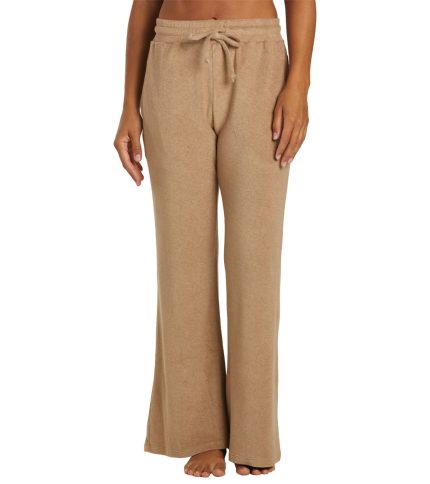 Zuma Pants
Rated 4.31 out of 5$63.99
Zuma Pants
Rated 4.31 out of 5$63.99 -
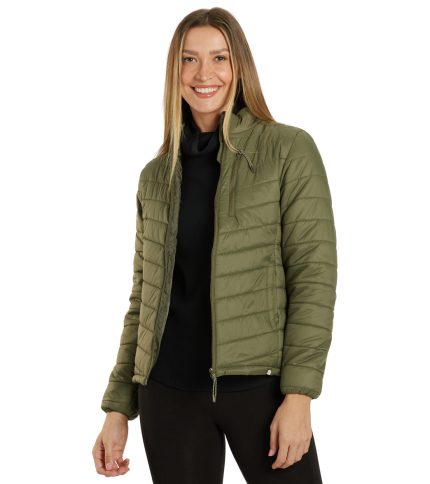 Long Sleeve Puffer Jacket
Rated 4.31 out of 5$40.00
Long Sleeve Puffer Jacket
Rated 4.31 out of 5$40.00 -
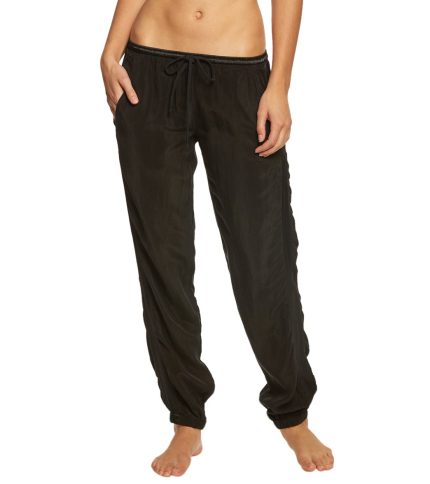 Racer Yoga Pants Joggers
Rated 4.69 out of 5$47.99
Racer Yoga Pants Joggers
Rated 4.69 out of 5$47.99 -
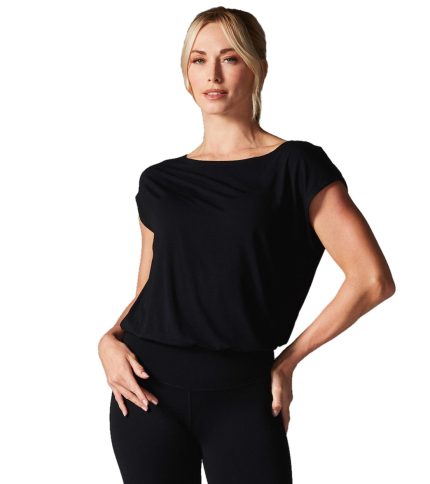 Voyage Boat Neck Tee
Rated 4.54 out of 5$43.50
Voyage Boat Neck Tee
Rated 4.54 out of 5$43.50 -
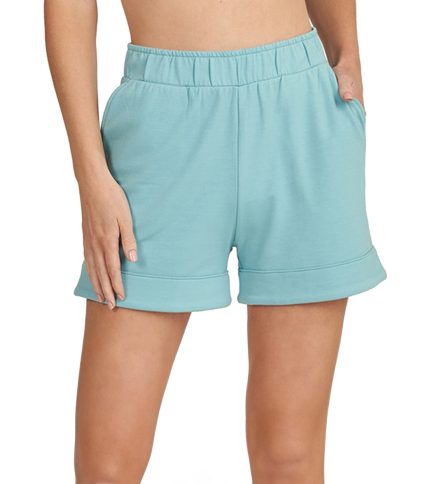 Thrive Societe Comfort Lounge Short
Rated 4.31 out of 5$24.14
Thrive Societe Comfort Lounge Short
Rated 4.31 out of 5$24.14
